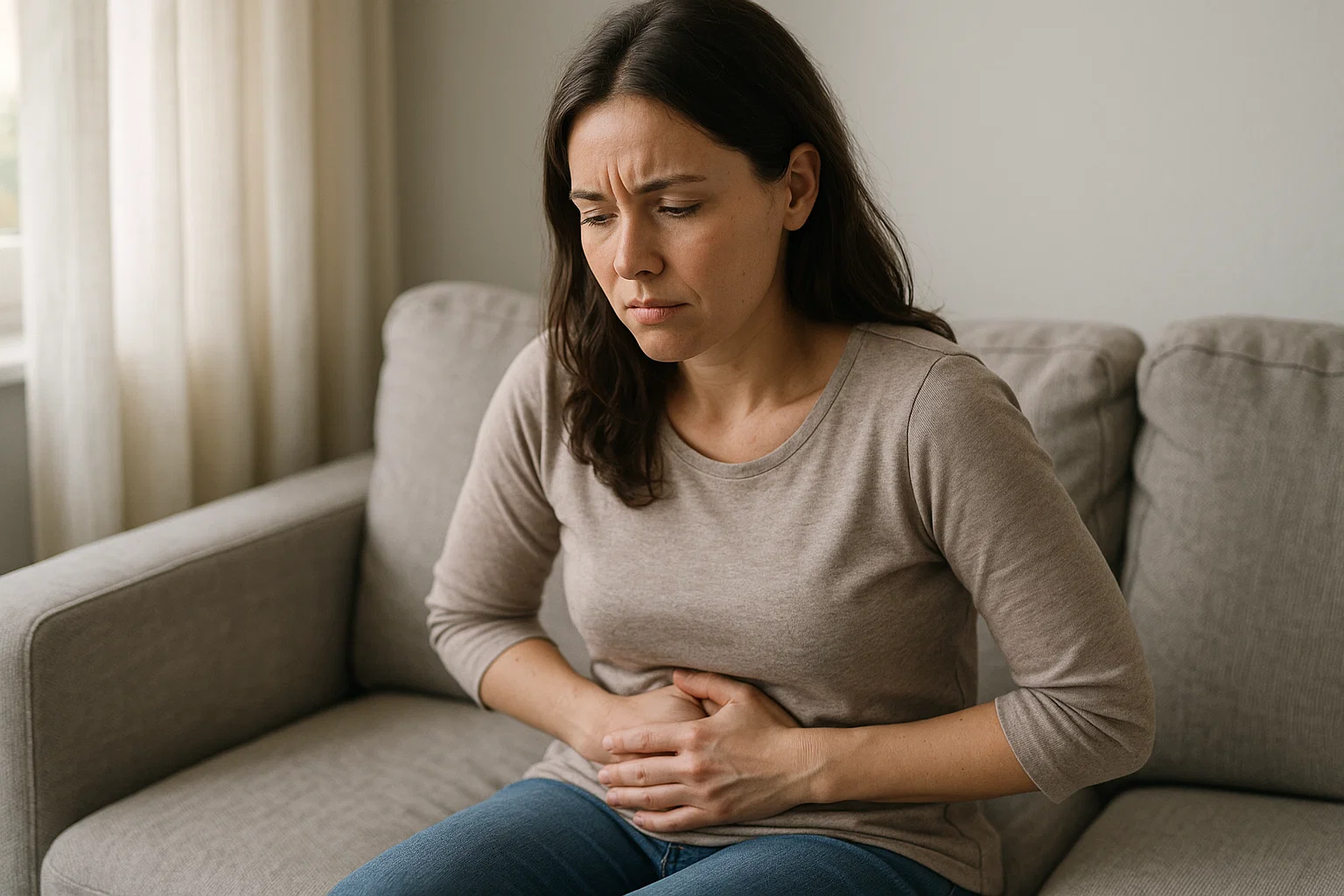Endometriosis is a condition that affects millions of women worldwide, yet it is often misunderstood and misdiagnosed. Many women live with painful periods, chronic pelvic pain, or fertility struggles without realizing that endometriosis could be the underlying reason. Understanding what is endometriosis, its symptoms, causes, and treatment options can help women take proactive steps toward better health and improved quality of life.
What is Endometriosis?
Endometriosis is a medical condition in which tissue similar to the lining of the uterus (endometrium) grows outside the uterus. These growths, known as endometrial implants, can appear on the ovaries, fallopian tubes, pelvic lining, and in rare cases, even outside the pelvic area. Unlike normal menstrual tissue, which sheds every month, the tissue in endometriosis has no way to exit the body, leading to inflammation, scarring, and severe pain. While it is a common condition, many women spend years seeking answers before receiving an accurate diagnosis. Raising awareness about endometriosis and its effects is crucial for timely detection and proper care.Common Endometriosis Symptoms
Recognizing endometriosis symptoms early can make a big difference in how effectively the condition is managed. Some of the most common signs include:- Painful periods (dysmenorrhea) that interfere with daily activities
- Chronic pelvic pain before and after menstruation
- Pain during or after sexual intercourse
- Heavy menstrual bleeding or spotting between periods
- Difficulty in conceiving (infertility)
- Digestive issues such as bloating, diarrhea, or constipation during menstruation
- Fatigue and low energy
Endometriosis Causes: What Triggers the Condition?
The exact endometriosis causes are not fully understood, but several theories exist:- Retrograde menstruation – Menstrual blood containing endometrial cells flows back through the fallopian tubes into the pelvic cavity, where the cells implant and grow.
- Genetic factors – A family history of endometriosis may increase the risk of developing the condition.
- Immune system dysfunction – A weakened immune system may fail to destroy misplaced endometrial cells.
- Hormonal imbalance – High estrogen levels may contribute to the growth and spread of endometrial tissue.
- Surgical scars – After surgeries such as C-sections, endometrial cells may attach to the incision site and grow abnormally.
How is Endometriosis Diagnosed?
Endometriosis can be difficult to diagnose because its symptoms mimic other conditions. A gynecologist may recommend:- Detailed medical history and pelvic examination
- Ultrasound or MRI scans to detect cysts or abnormal tissue growth
- Laparoscopy (a minimally invasive surgical procedure) which allows direct visualization and biopsy of suspected endometrial implants
Endometriosis Treatment Options
Although there is currently no permanent cure for endometriosis, several treatment options can help manage symptoms and improve quality of life. The choice of endometriosis treatment depends on the severity of the condition, the woman’s age, and whether she wishes to conceive.1. Medications
- Pain relievers – Nonsteroidal anti-inflammatory drugs (NSAIDs) can help reduce menstrual pain and inflammation.
- Hormonal therapies – Birth control pills, hormone-releasing intrauterine devices (IUDs), or injections can regulate or stop periods, slowing the growth of endometrial tissue.
2. Surgery
- Laparoscopic surgery – Removes or destroys endometrial implants while preserving reproductive organs.
- Hysterectomy – In severe cases, the removal of the uterus (sometimes along with ovaries) may be recommended when other treatments fail.
3. Lifestyle and Supportive Care
- Maintaining a balanced diet rich in anti-inflammatory foods
- Regular physical activity to improve circulation and reduce pain
- Stress management techniques such as yoga, meditation, or counseling
- Support groups to connect with others experiencing endometriosis

